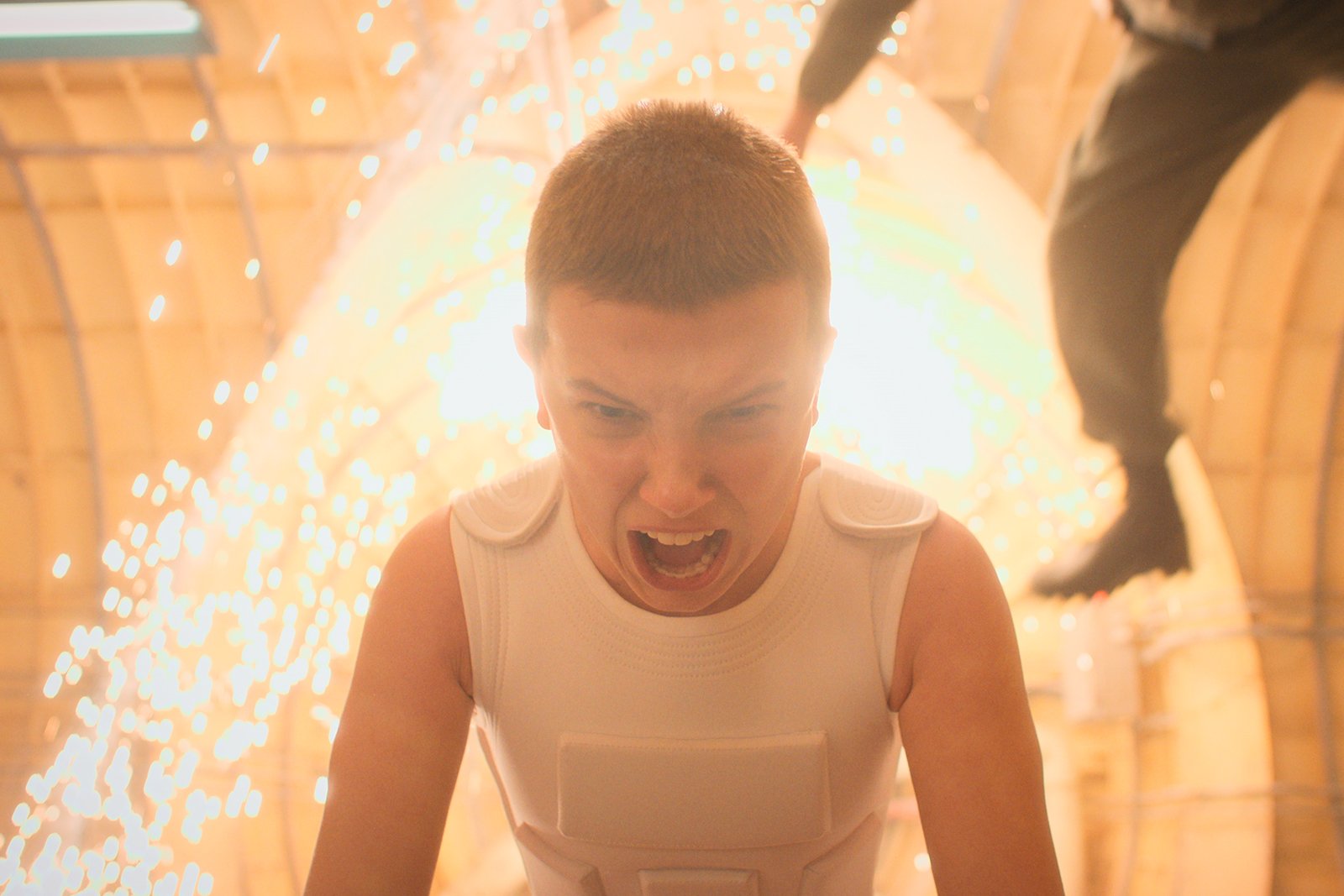Redirecting the mission to the moon’s south pole is considered an important and logical step. This will help the team gain experience ahead of the Luna 26 and Luna 27 missions. Specialist Mikhail Kotov emphasized that this decision will fill the gap between projects and give the team valuable experience, especially for the complex Luna-27 mission.
Yuri Borisov, head of Roscosmos, also expressed his support for the continuation of lunar missions, including the re-landing of the moon’s south pole in 2025-2026. Mikhail Kotov considers this step to be logical and important, emphasizing that the soft landing experience that can be gained from such a mission would be beneficial, especially in preparation for the more complex Luna-27 mission.
Recently, Russia’s first mission to the Moon was carried out, but ended in a landing accident. But representatives of the Russian scientific community believe that it makes sense to restart the mission in order to gain additional experience and learn from mistakes. Other lunar missions, such as Luna 26 and Luna 27, are also planned in the coming years, each designed to expand our understanding of the moon and its sources.
Source: Ferra
I am a professional journalist and content creator with extensive experience writing for news websites. I currently work as an author at Gadget Onus, where I specialize in covering hot news topics. My written pieces have been published on some of the biggest media outlets around the world, including The Guardian and BBC News.











